Hand-painted Easter eggs may come in vibrant blues, golden sparkles, or playful polka dots—but nature outshines even the most creative human designs. Every year, birds across the world lay eggs that are dazzling in both color and design.

Here are eight bird eggs that prove nature is the ultimate artist.
Perhaps the most iconic egg in North America, the American robin’s egg is famous for its soft, powdery blue hue—so much so that it inspired its own official color: “Robin’s Egg Blue.”
Robins are among the first birds to nest each spring, typically laying 3 to 5 eggs per clutch.
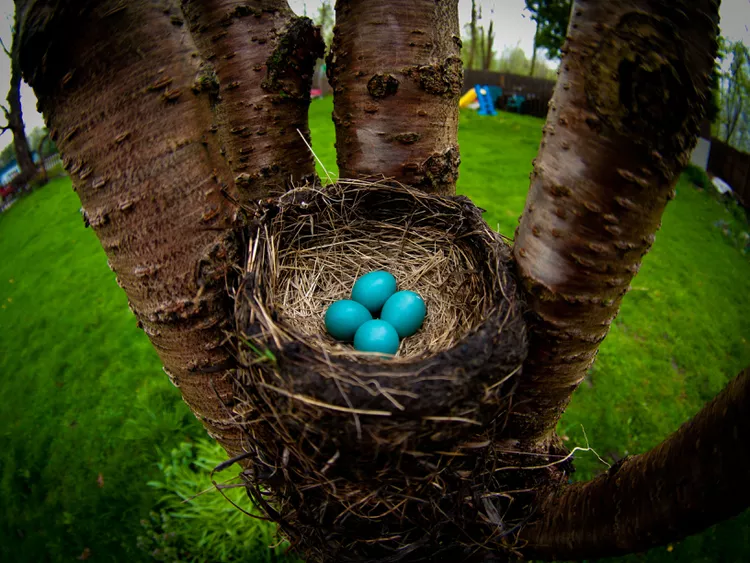
Though this little brown bird is easy to miss in dense shrubbery, her eggs are impossible to ignore. Cetti’s warbler lays deep copper-colored eggs that gleam against their hidden nesting spots in Europe, Asia, and Africa.
Their dull feathers may be plain, but their egg color is nothing short of striking.

The emu, a flightless bird native to Australia, lays eggs that are true giants—up to 5 inches long and weighing about 2 pounds. Even more remarkable is their appearance: a green-blue color with a steel-like texture, often compared to Damascus steel.
Each season, a female emu may lay multiple clutches of these impressive eggs.

The Great Tinamou looks like a small wild turkey and lives in the rainforests of Central and South America. The eggs are exceptionally glossy, often in vivid greens or blues.
Unusually, males incubate the eggs, while females may mate with several partners each season. It’s one of nature’s more intriguing parenting systems.
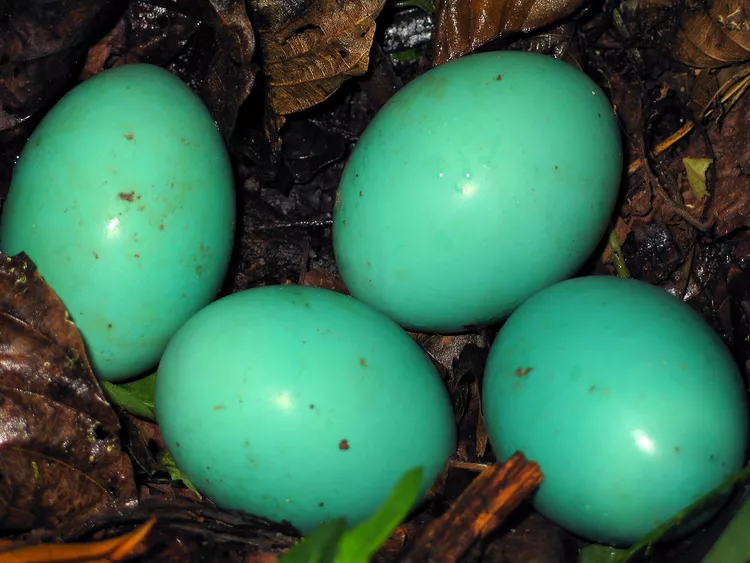
Famous for their 200-mph dives, peregrine falcons are found across the globe. They nest on cliffs or tall buildings and lay reddish-brown eggs speckled with darker markings.
These powerful raptors balance deadly speed with surprisingly beautiful eggs.
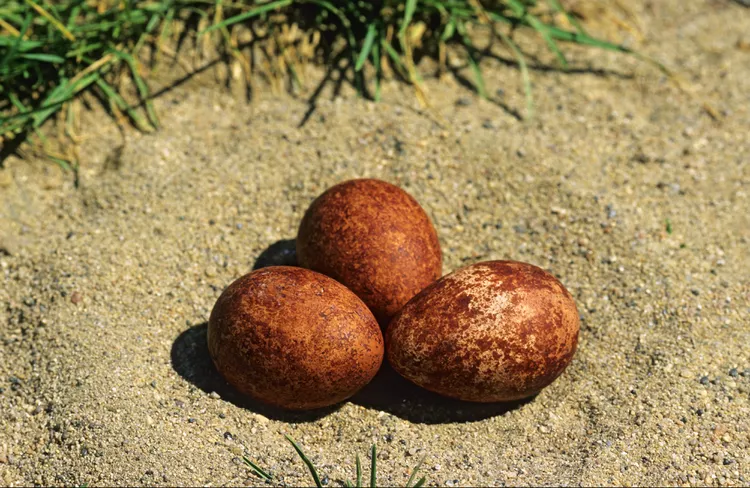
The eggs of the American golden plover may not be colorful, but they feature intricate patterns that allow them to blend into the tundra or grasslands perfectly.
These shorebirds nest directly on the ground, lining their nests with lichens and dry leaves to hide their clutch of up to four eggs.
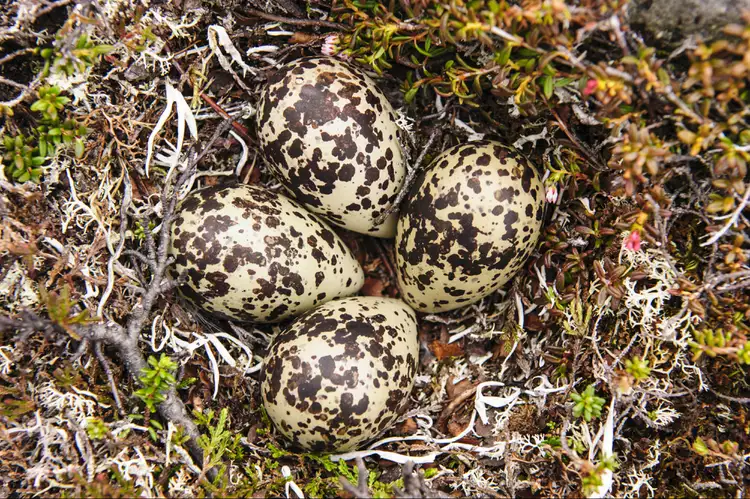
The common murre lays eggs in one of the most dangerous environments: narrow cliff ledges. To prevent them from rolling off, murre eggs are pointed at one end, causing them to spin in circles rather than roll.
The eggs also come in a wide variety of colors and markings—each unique enough to be recognized by the parent bird upon return from the sea.
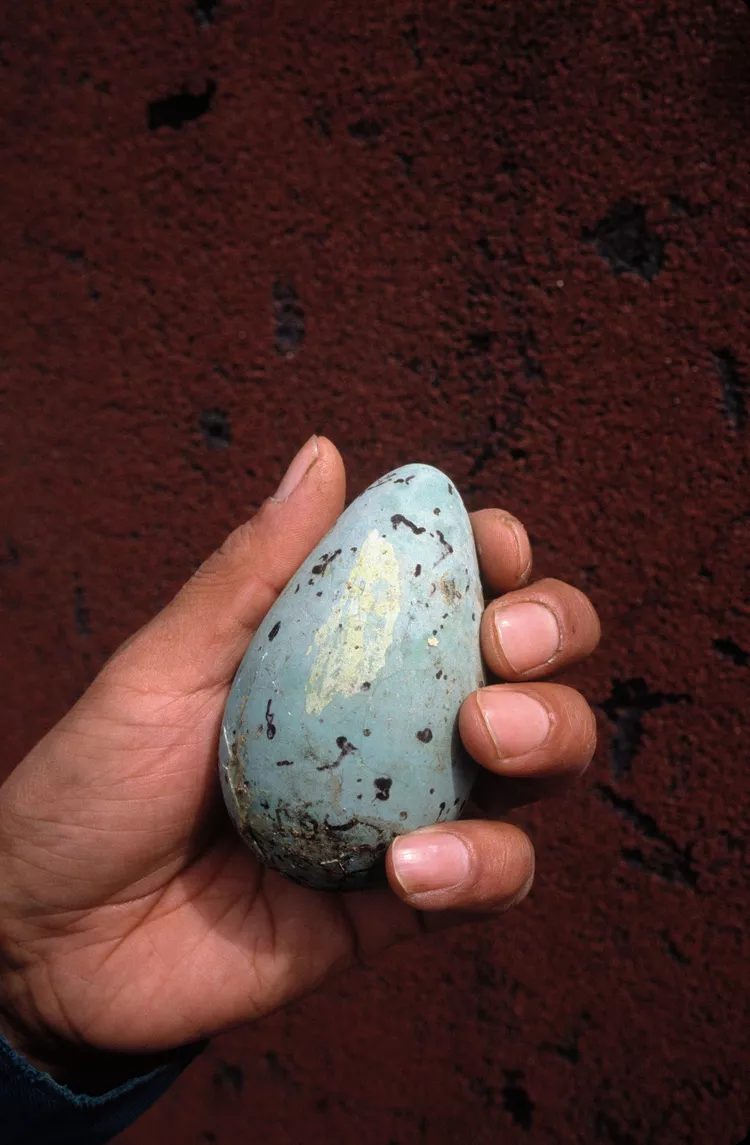
Common in North America, the red-winged blackbird lays eggs that are pale with brown speckles, hidden in cup-shaped nests made from woven grasses, mud, and decayed wood.
Though the male is known for fierce territorial defense, it’s the female’s intricate nest-building and egg care that ensures the next generation thrives.

These bird eggs are not just survival tools—they’re masterpieces of form, function, and evolutionary adaptation. They remind us that nature’s palette is often more dazzling than anything we can create.
Want to see more wonders of the natural world? Follow our page for weekly wildlife insights and nature’s hidden stories.

animal tags: Bird eggs
We created this article in conjunction with AI technology, then made sure it was fact-checked and edited by a Animals Top editor.